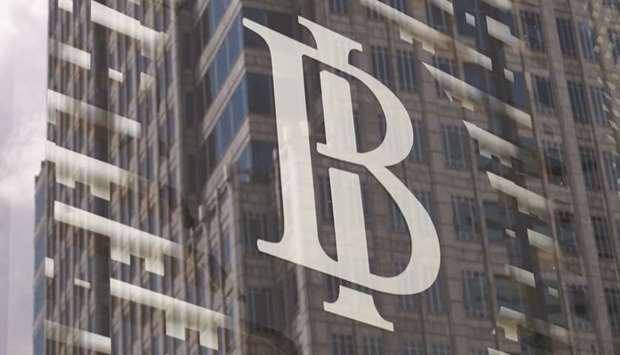“It depends again on the data even though until last week we see the situation up until the end of this year or probably next year, the room for cutting the policy rate is not much,” assistant governor Dody Budi Waluyo said in an interview in Jakarta yesterday. “It is becoming narrower.”
Subdued inflation has allowed Bank Indonesia to cut its benchmark rate eight times since the beginning of last year, including for a second month in a row in September. But more easing combined with the prospect of higher rates in the US may pose a risk to the currency, which has weakened in the past month. Indonesia’s economy is growing at about 5%, lower than the 7% goal that President Joko Widodo set when he came to office three years ago. Inflation remains low, with consumer prices rising 3.7% in September from a year earlier and within the bank’s 3% to 5% target for this year.
“We still have some arsenal for the policy mix, not only the policy rate but the liquidity, also the exchange rate and macroprudential as well,” Waluyo said.
Bank Indonesia is conscious of external risks including US President Donald Trump’s plan to cut taxes and normalisation of interest rates by the Federal Reserve, he said. The bank, whose foreign reserves surged to a record $129.4bn in September, has been simulating various scenarios in the event of capital flight, the official said.
“If there is some reversal of capital from the country, it’s already in our calculation,” Waluyo said.
The yield on the government’s benchmark 10-year bonds rose as much as four basis points to 6.54% yesterday, the highest level since Sept. 28. The rupiah fell 0.3% to 13,504 per dollar in Jakarta. The currency has lost more than 1% in the past month.
“There are no changes to the fundamentals of the economy in the last two weeks that should have made the rupiah depreciate,” he said. “We consider the fundamentals of the rupiah, the competitiveness of the rupiah, competitive not only for external trade, but also domestic, meaning the inflation.”
The central bank may change again rules on banks’ reserve requirement, Waluyo said, as officials step up efforts to boost credit growth. Policy makers cut their forecast for loan growth this year in August to a range of 8% to 10%.
Officials have already taken steps to ease rules on reserves. Since the beginning of July, Bank Indonesia has allowed lenders to calculate their reserve requirement ratio as a two-week average, while the amount of deposits that must be kept with the central bank each day has been cut to 5% from 6.5%.
Waluyo said there were signs of the economy picking up with growth in the third quarter expected to be faster compared to the first half of the year, due mainly to increased government spending. Growth in consumption will probably be about 6% next year, but not this year, he said.
While the impact from recent rate cuts on consumption and investment may take some time, said Waluyo, the signal from Bank Indonesia in terms of supporting growth was “quite clear”.
“We want the economy running much faster.”



